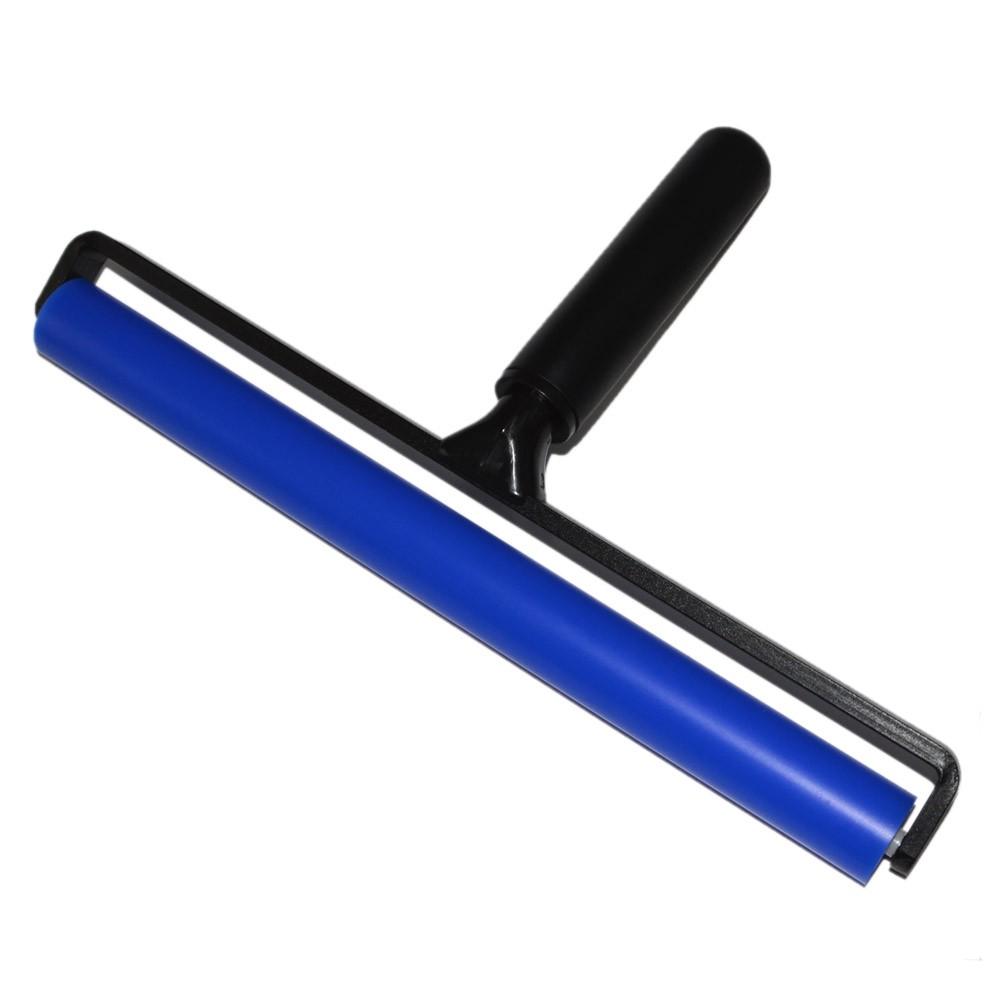DL Signs
Never go against the family
We don't have a flatbed laminator, but use sticky rollers like this for dust removal from just about everything, cleaning substrates before they get vinyl, even just cleaning table tops. They're reusable, we use the 12" wide, and just use scrap pieces of vinyl to clean the roller, peel backing, roll it across the adhesive, and they're ready for re-use, or you can wash them. They leave no residue, and they're cheap too, think we pay around $30-40 each, and they last for years. They even work for applying vinyl. Would probably work like a dream for flatbed laminating to get rid of dust just before you lay it.


